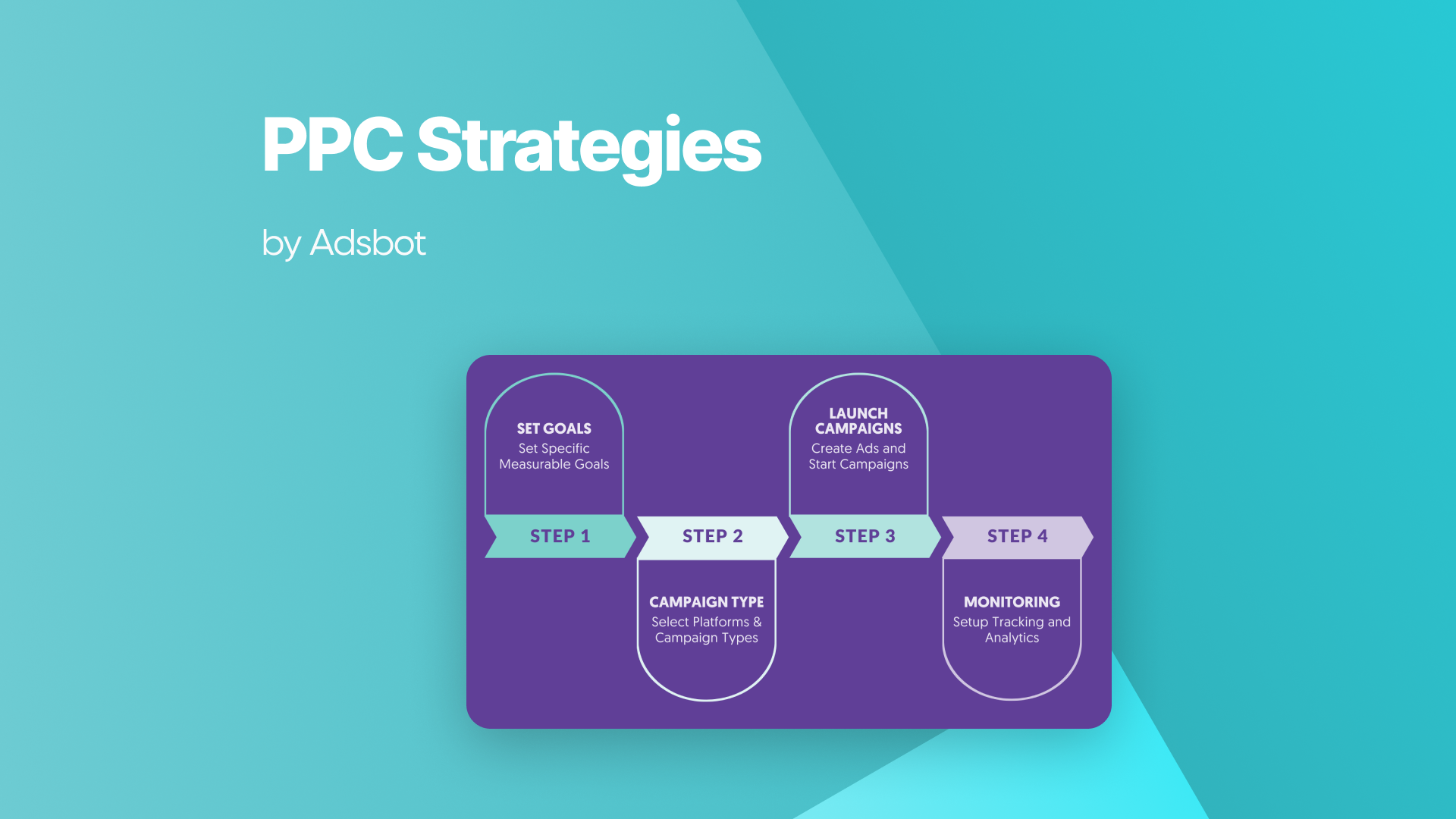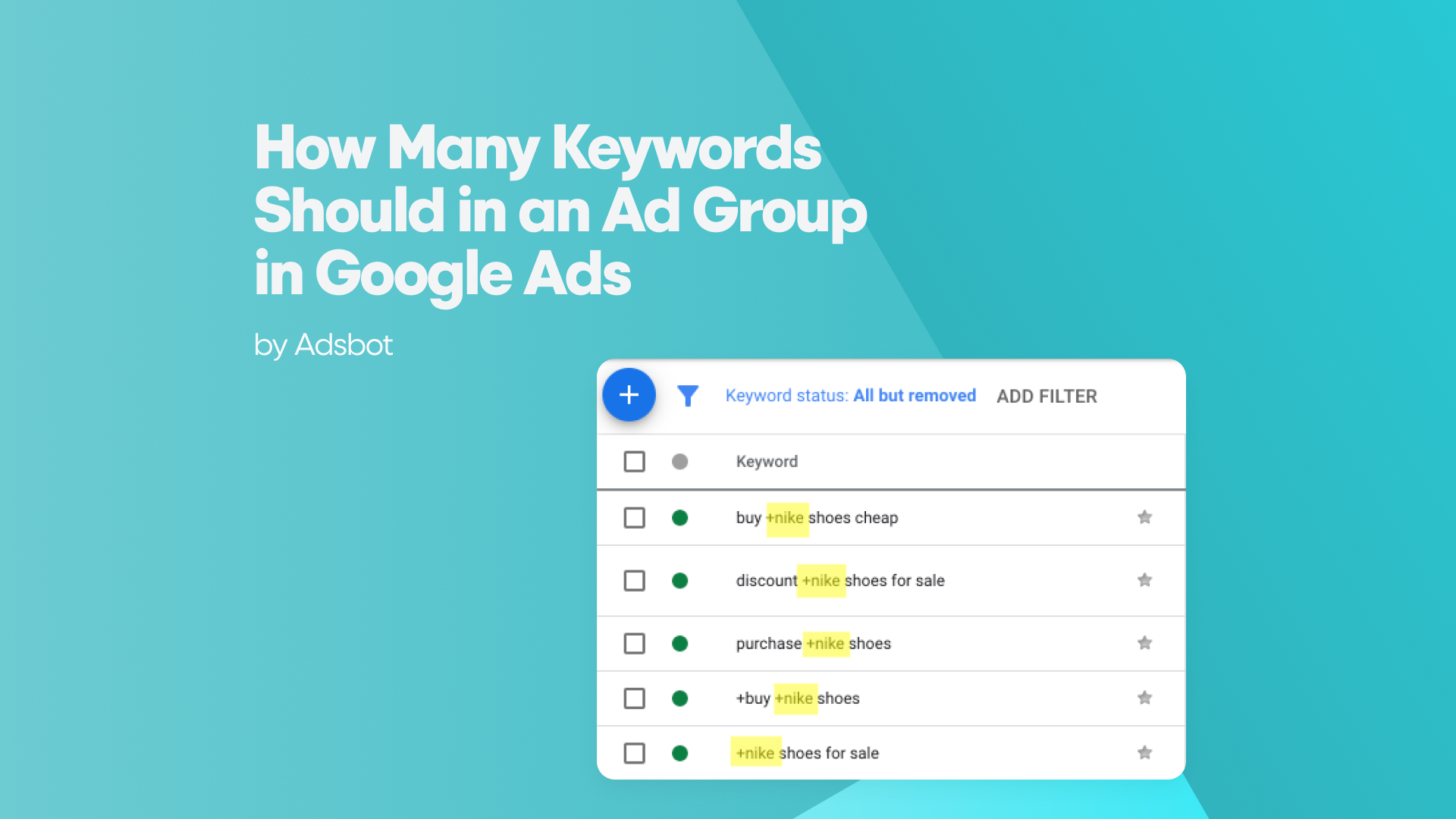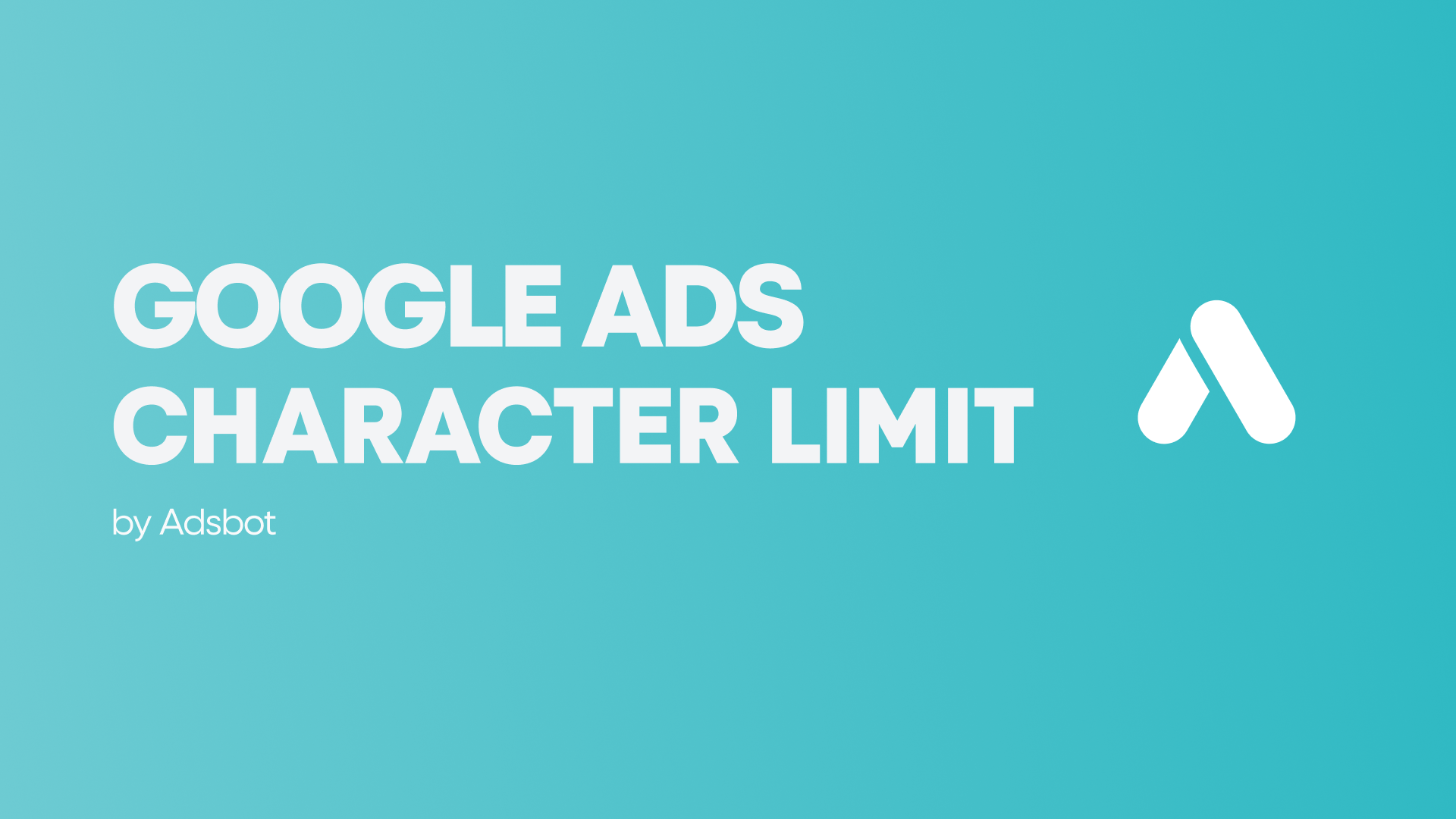In digital marketing, Pay-Per-Click (PPC) strategies are essential for businesses hoping to thrive on the internet. This blog serves as a compass, helping readers understand the intricacies of pay-per-click (PPC) strategies, emphasizing their significance, and providing a comprehensive guide on how to use this potent and versatile marketing tool. In our quest to deconstruct paid advertising, we will look at the nuances of PPC strategies, industry best practices, and its evolving nature together.
What is PPC and Why is it Significant?
Our investigation is focused on the concept of Pay-Per-Click (PPC), a digital advertising strategy in which businesses pay a fee each time a user clicks on an advertisement. Pay-per-click, or PPC, is a method of buying website visitors, as opposed to the organic growth promoted by SEO and content. It offers a fast path to instant exposure in the competitive online market.
Why It Matters:
Pay-per-click (PPC) advertising is crucial to online marketing for several reasons.
- Instant Visibility: By providing you with instant visibility on search engine results pages (SERPs) and other online platforms, pay-per-click (PPC) advertising guarantees that your advertisements are viewed by a particular audience.
- Measurable Outcomes: PPC campaigns offer comprehensive statistics that let marketers track the efficacy of their ads, determine their return on investment, and make well-informed choices.
- Targeted Advertising: PPC enables you to precisely target your audience based on their demographics, interests, and online behavior, ensuring that the right people see your ad at the most appropriate moment.
- Budget Control: Advertisers can impose daily or campaign-specific spending caps to guarantee cost-effectiveness.
PPC Strategies:
- Keyword Research: Keywords are the foundation of PPC campaigns. Thorough keyword research ensures that your ads are displayed to users actively searching for products or services related to your business.
Best Practices:
- To find relevant and effective keywords, use keyword research tools like Google Keyword Planner.
- Pay attention to long-tail keywords in order to obtain more targeted and intent-driven searches.
- Continually add to and update your list of keywords in light of performance data.
- Ad Copy Optimization: The first step towards user engagement is compelling ad copy. Effective ad copy sets the tone for users visiting your website and encourages clicks.
Best Practices:
- Write succinct but powerful headlines.
- Highlight unique selling propositions (USPs) to differentiate your business.
- To compel users to take action, clearly label the call-to-action (CTA).
- Experiment with various ad copy iterations to determine the most persuasive messaging.
- Landing Page Optimization: Conversions take place on the landing page. An efficient landing page guarantees a smooth conversion process from click to action.
Best Practices:
- Verify that the landing pages correspond with the content of the ads.
- Optimize for mobile responsiveness.
- Use attention-grabbing CTAs.
- Cut down on load times to improve user experience.
- Ad Extensions Utilization: Ad extensions boost the visibility of your ads and offer extra information, which increases click-through rates.
Best Practices:
- Use site link extensions to point visitors to particular web pages.
- Use callout extensions to draw attention to extra features or deals.
- Use structured snippet extensions to highlight particular features of your goods or services.
- Geo-Targeting: Advertisers can ensure that their campaigns are suited to local audiences by using geo-targeting, which enables them to display their ads to users in particular locations.
Best Practices:
- Examine performance data to pinpoint regions with high performance levels.
- Customize ad language to be relevant to the local area.
- To maximize reach, test out various geographic targeting parameters.
- Remarketing Campaigns: By re-engaging with users who have already interacted with their website, advertisers can increase the probability of conversions through remarketing.
Best Practices:
- Develop remarketing lists that are segmented according to user behavior.
- Tailor the content of advertisements to the user’s past interactions.
- Establish frequency caps to prevent showing too many advertisements to users.
- Budget Management: Your PPC campaigns will continue to be cost-effective while optimizing reach and conversions if your budget is managed well.
Best Practices:
- Assign precise financial amounts to every campaign.
- Keep an eye on your monthly and daily expenditure to stay within your spending limits.
- Modify bids to maximize cost per click by taking performance data into account.
- Ad Performance Monitoring and Optimization: PPC campaigns must be continuously monitored and optimized for ad performance to remain successful.
Best Practices:
- Make use of analytics tools to monitor important performance indicators.
- Use A/B testing to test various ad elements to find high-performing variations.
- Regularly adjust targeting parameters in light of user behavior and campaign objectives.
The Evolving Landscape of PPC: Insights from Google
Effective PPC strategies require staying up to date with industry insights as the digital landscape changes. Google, a significant participant in the digital advertising market, offers insightful information on its official blog. Examining the Google Blog can provide you with the most recent information on PPC advertising trends, updates, and best practices.
As we come to the end of this thorough guide to PPC strategies, it is clear that success in the cutthroat digital market depends heavily on efficient planning and execution. PPC requires constant optimization and adaptation due to its dynamic nature. By incorporating meticulous keyword research, crafting compelling ad copy, optimizing landing pages, and leveraging advanced features like geo-targeting and remarketing, businesses can harness the full potential of PPC advertising.
PPC strategies are a strong note in the digital marketing symphony, bringing in targeted traffic, encouraging user interaction, and eventually converting users. As the online landscape continues to evolve, businesses equipped with a nuanced understanding of PPC strategies and a commitment to adaptability will stand poised for success in the ever-shifting tides of the digital realm.
Popular Posts
-
Google Ads Script for Dummies: An Introduction
Imagine you have an e-commerce website that sells licensed superhero…
Read more -
How Many Keywords Should in an Ad Group in Google Ads?
Are you new to Google Ads and trying to…
Read more -
Google Ads Character Limits
Google Ads has character limits for various elements of an…
Read more -
All You Need to Know Before Starting Your Keyword Research
So, you have built your business and the time has…
Read more
Register for our Free 14-day Trial now!
No credit card required, cancel anytime.





